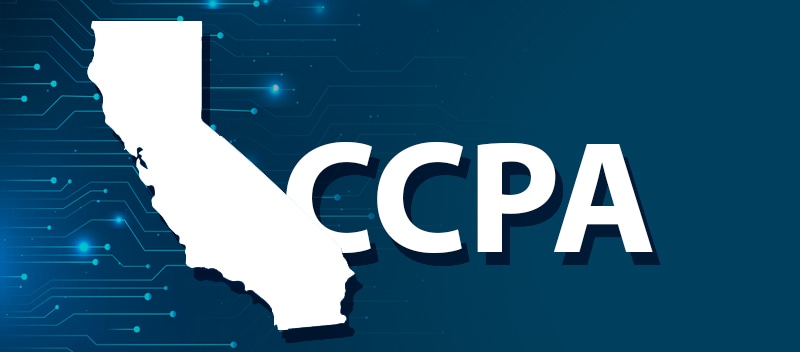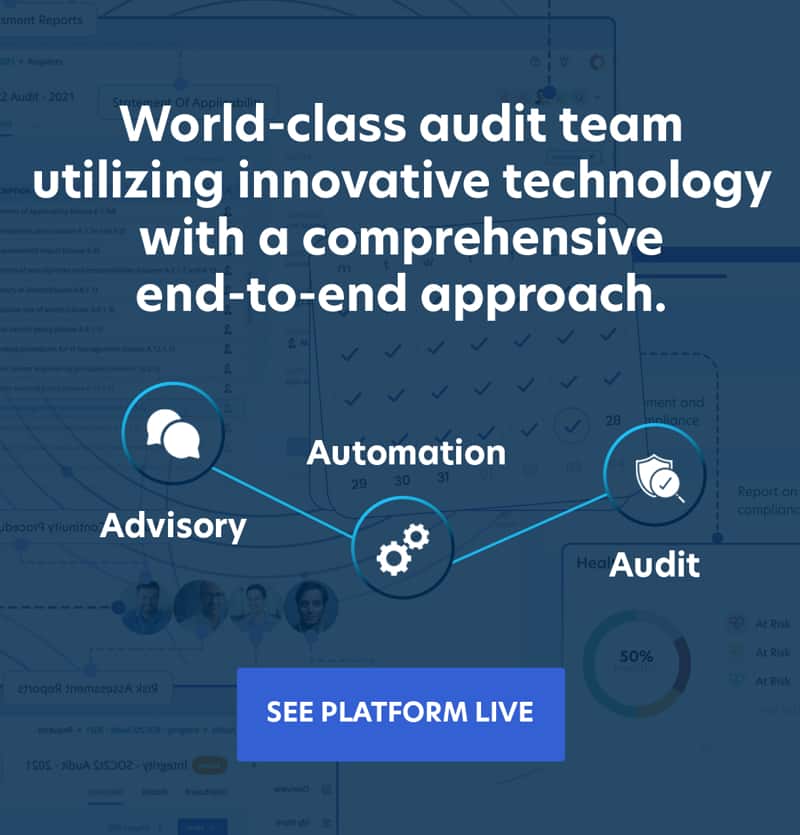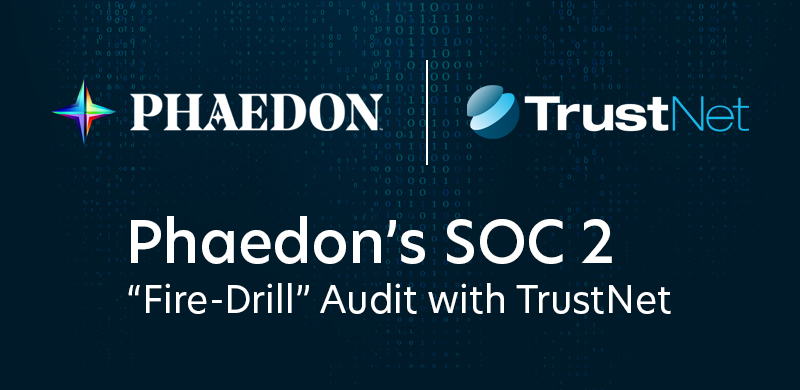CCPA Compliance: Practical Steps for Your Business

Specifically, it grants California residents the right to know about the personal information collected about them, the purpose of its collection, and who it is shared with. Furthermore, it empowers consumers to refuse the sale of their personal information and ask for their data to be erased.
Adherence to the CCPA goes beyond mere legal obligation for companies operating in California—it is a strategic necessity. This guide aims to simplify the CCPA, providing businesses with a detailed understanding of its requirements, the rights it grants consumers, and practical steps for achieving compliance.
Determining CCPA Applicability
Who Needs to Comply?
For-Profit Entities in California: Doing business in California? This includes you.
- Revenue: Your business has annual gross revenues of over $25 million.
- Data Interactions: You handle the personal info of 50,000+ California residents, households, or devices annually.
- Profits from Data Sales: At least 50% of your annual revenue comes from selling personal information.
What Information is Protected?
- Personal Information: Names, addresses, email addresses, social security numbers, internet activity, geolocation data, and biometric information.
- Unique Identifiers: IP addresses, device IDs, and online usernames.
- Commercial Information: Details on purchased or considered products/services.
- Online Activity: Browsing and search history, interactions with websites or advertisements.
- Inferred Profiles: Based on preferences, behavior, and psychological trends.
Understanding and managing the collection, use, and sharing of this wide-ranging data is critical under the CCPA.
Mapping Your Data Ecosystem
Understanding the intricacies of their data ecosystem is critical for businesses aiming to align with the CCPA. A meticulous approach to mapping this ecosystem is essential for compliance.
Start with a thorough data inventory, which is the foundation of your compliance efforts. This process involves:
- Assessing Data Flow: Examine how personal information (PI) enters, moves through, and exits your organization. This assessment should cover all digital and physical storage and processing activities.
- Cataloguing Data Types: List all types of PI you collect, including names, addresses, email addresses, social security numbers, browsing histories, and more. For each type, note its format and storage location.
- Reviewing Collection Practices: Evaluate the methods used to collect PI, ensuring they align with legal and ethical standards.
Understanding both the nature of the PI you handle and its origins is critical:
- Detailing PI Categories: Break down the PI into categories defined by CCPA, such as identifiers, commercial information, biometric data, internet activity, and inferences drawn from other data.
- Tracing PI Sources: Identify each PI category’s source(s). This could be directly from the individuals, through third-party data brokers, from customer interactions, or generated internally by your systems.
- Mapping Data Sharing and Selling: Document any instances where PI is shared with or sold to third parties, highlighting the purposes of such transactions.
Learn more about our cybersecurity and compliance services Here
Establishing CCPA-Compliant Practices
To comply with CCPA’s mandates, organizations must overhaul their data collection and processing policies and ensure transparency through privacy notices and disclosures.
- Understand Data Scope: Grasp the full extent of personal information (PI) collected across your organization. This foundational step informs all subsequent actions.
- Data Minimization Principle: Adopt policies that aim to collect only the PI necessary for the specific purposes for which it is processed.
- Consumer Consent Management: Establish clear mechanisms for obtaining consumer consent where required and facilitate straightforward processes for opting out of data collection and processing.
- Craft Clear Privacy Notices: Develop comprehensive privacy notices that delineate the categories of PI collected, the purposes for its collection, and details on third-party sharing. These notices should be readily accessible to consumers.
- Ensure Notice Accessibility: Privacy notices should be designed to be easily understood by all consumers, complying with accessibility standards to accommodate individuals with disabilities.
- Regular Updates: In a dynamic digital landscape, updating privacy notices ensures they reflect current practices and any changes in CCPA regulations or organizational policies.
Consumer Rights under CCPA
The CCPA introduces several requirements for businesses and confers a set of rights upon California consumers to enhance transparency and control over personal information.
Key aspects include:
- Right to Know and Access: Consumers can request information about collecting, using, and sharing data. This includes data portability, where businesses must provide consumers with their personal information in a readily usable format, enabling them to transmit the data to another entity without hindrance.
- Right to Deletion: Subject to certain exceptions, individuals can demand the deletion of their personal information held by businesses.
- Right to Opt-Out: California residents can opt out of businesses selling their personal information.
- Right to Non-Discrimination: The CCPA prohibits businesses from discriminating against consumers who exercise their rights under the act.
Implementing Technical Safeguards
- Encryption: Encrypting personal information at rest and in transit minimizes the risk of unauthorized access. Encryption transforms the data into unreadable formats that can only be deciphered with a specific decryption key, providing a robust layer of security.
- Access Controls: Implement strict access control measures to ensure only authorized personnel can access sensitive personal information. This involves creating unique user IDs, establishing role-based access rights, and employing multi-factor authentication (MFA).
- Secure Data Transfers: Utilize secure communication protocols such as HTTPS, secured by Transport Layer Security (TLS), for transmitting personal information over the Internet.
- Protected Data Storage: Regularly update your systems and software to patch vulnerabilities. Employ physical security measures for on-premises servers and vet cloud storage providers to ensure compliance with CCPA and other relevant security standards.
Training and Awareness
Educating Employees on CCPA Requirements
- Comprehensive Training Programs: Develop and implement a comprehensive training program tailored to different departments within your organization. The program should cover the key aspects of the CCPA, including consumer rights, data handling procedures, and the importance of privacy and security.
- Regular Updates and Refresher Courses: Given the evolving nature of privacy laws and regulations, ensure that training materials are regularly updated to reflect any changes in the CCPA or related regulations. Offer refresher courses to keep employees well-informed and compliant.
- Real-World Scenarios and Role-Playing: Incorporate real-world scenarios and role-playing exercises into the training to help employees understand how to apply CCPA principles in their day-to-day activities.
Designating CCPA Compliance Roles and Responsibilities
- Identifying a Data Privacy Team: Establish a dedicated data privacy team responsible for overseeing CCPA compliance initiatives. This team should include legal, IT, and privacy professionals who deeply understand CCPA requirements.
- Role-Specific Training: For example, staff involved in data processing may require more in-depth training on data handling and security measures. At the same time, customer-facing employees need to be knowledgeable about consumer rights under the CCPA.
- Creating Clear Lines of Communication: Ensure there are clear lines of communication for employees to report potential compliance issues or seek clarification on CCPA-related matters.
Ongoing Compliance Management
Businesses must regularly monitor and audit their compliance efforts, adapting to changes in CCPA regulations and aligning with industry best practices.
- Regular Compliance Audits: Conduct regular audits to assess your organization’s adherence to CCPA requirements. These audits should review data collection, processing, storage practices, privacy policies, and consumer data access requests. Utilizing third-party auditors can provide an unbiased review of compliance status.
- Risk Assessments: Perform CCPA risk assessments to identify potential vulnerabilities or areas of non-compliance within your data handling processes. Risk assessments should include a summary of processing activities that pose significant consumer risks and outline measures to mitigate these risks.
- Consumer Feedback Loops: Establish mechanisms to receive and act on consumer feedback regarding data privacy practices. This can highlight areas for improvement and ensure that consumer rights under the CCPA are fully supported.
Additionally, keep abreast of any updates to the CCPA and related regulations. The CCPA is subject to amendments and updates, which can impact compliance requirements.
Preparing for CCPA Enforcement
Below, we outline how businesses should prepare for CCPA enforcement.
Understanding CCPA Enforcement Mechanisms and Penalties
- The CCPA provides clear penalties for violations, distinguishing between unintentional and intentional breaches. Businesses can incur a fine of up to $2,500 for each unintentional violation and $7,500 for each intentional violation.
- Furthermore, consumers can initiate civil lawsuits against companies for breaches, with statutory damages ranging from $100 to $750 per consumer per incident or actual damages, whichever is greater.
- Additionally, there is a provision for injunctive or declaratory relief and any other relief the court deems proper. Organizations must grasp these details to gauge non-compliance financial and reputational risks.
Developing Incident Response and Breach Notification Plans
- Incident Response Plan: Establish a comprehensive incident response plan that outlines the procedures for detecting, responding to, and recovering from a data breach.
- Breach Notification Protocol: Develop a breach notification protocol in compliance with the CCPA, which mandates that businesses notify affected consumers “in the most expedient time possible and without unreasonable delay.”
- Legal and Regulatory Monitoring: Stay informed on CCPA developments and case law that may affect enforcement and compliance requirements.
- Consumer Rights Fulfillment: Implement and regularly review processes for promptly responding to consumer requests related to their CCPA rights, such as access to, deletion of, or opting out of the sale of personal information.
Navigate CCPA with Confidence: TrustNet’s Compliance Expertise
The path to CCPA compliance is paved with knowledge and precision. TrustNet’s comprehensive CCPA Compliance Services stand ready to guide you through every step of this journey.
By choosing TrustNet, you leverage a service and a partnership equipped with expert insights, advanced tools, and tailor-made strategies to ensure your business meets CCPA requirements and excels in its privacy practices.
Elevate your approach to data protection and foster consumer trust by harnessing the power of TrustNet’s expertise in CCPA compliance.
Talk to an expert today.




